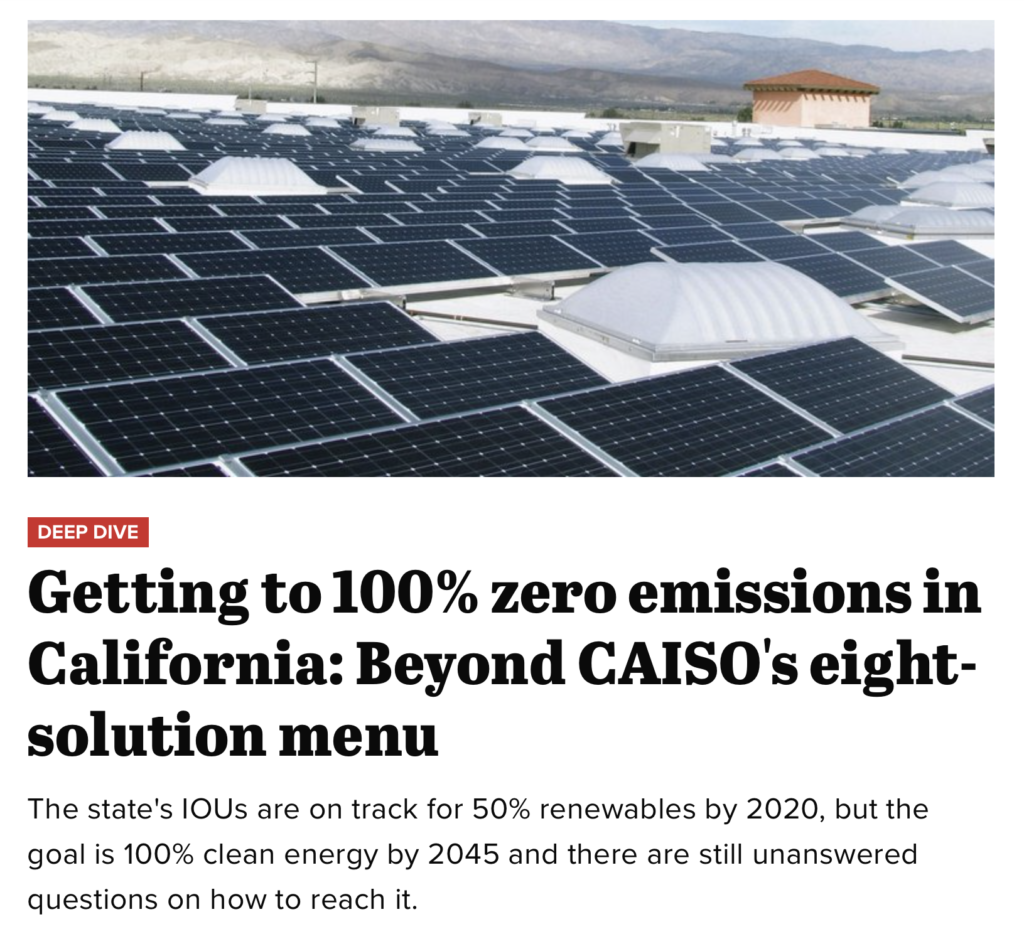California Gov. Brown, the National Climate Assessment, and the Fake News media blame the California fires on “climate change.” This is all agenda driven for various reasons but the hard and tragic truth is human error/mismanagement and a lot of vegetation planted by humans in a hot, dry and windy state. So start with PG&E and then check out Gov. Brown’s inaction over his entire tenure. Also, take a look at 19th century pictures of the burned areas where there is almost no vegetation, starting with LA and surrounding areas. If we were PG&E management, we would pay more attention to the here and now of power line safety than the hypothetical future of “climate change.”

Source: UtilityDive.com Web | PDF







